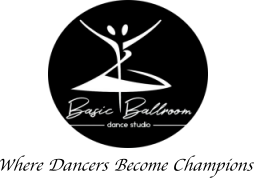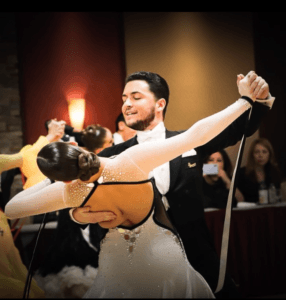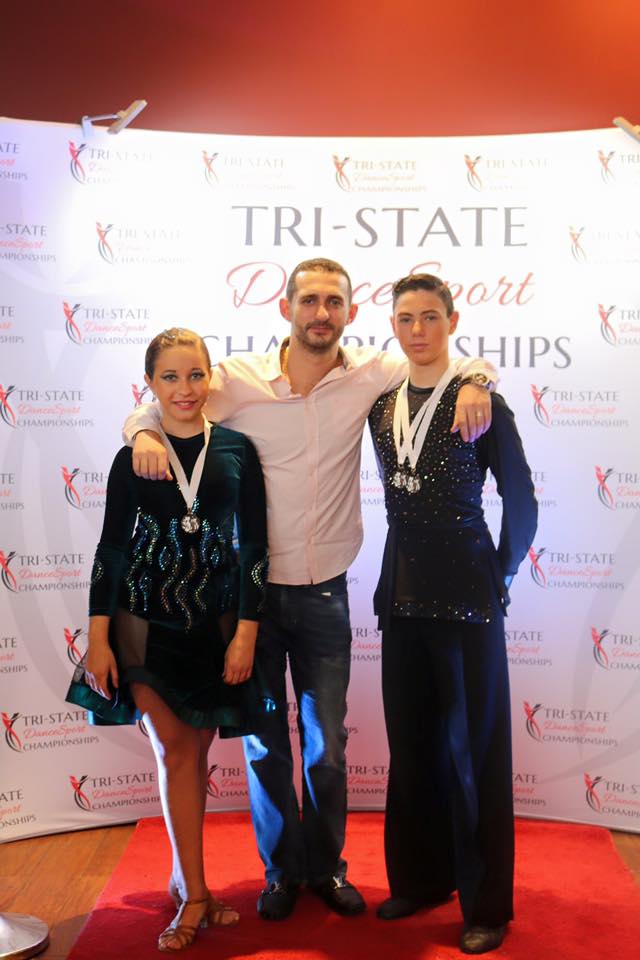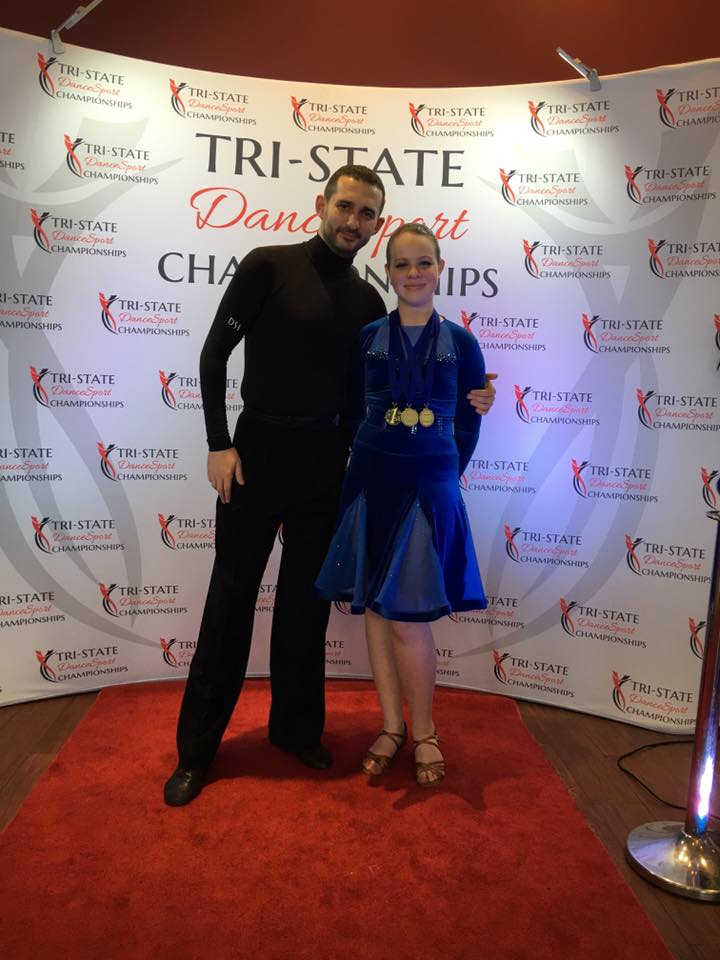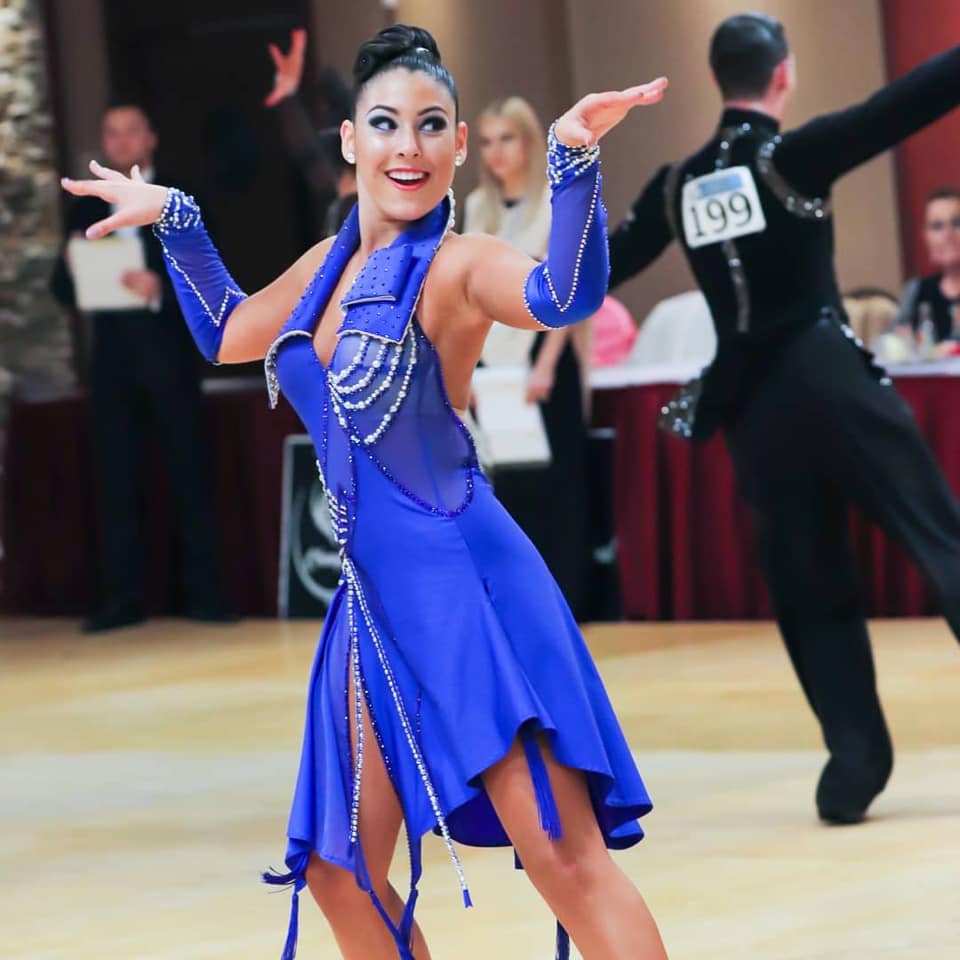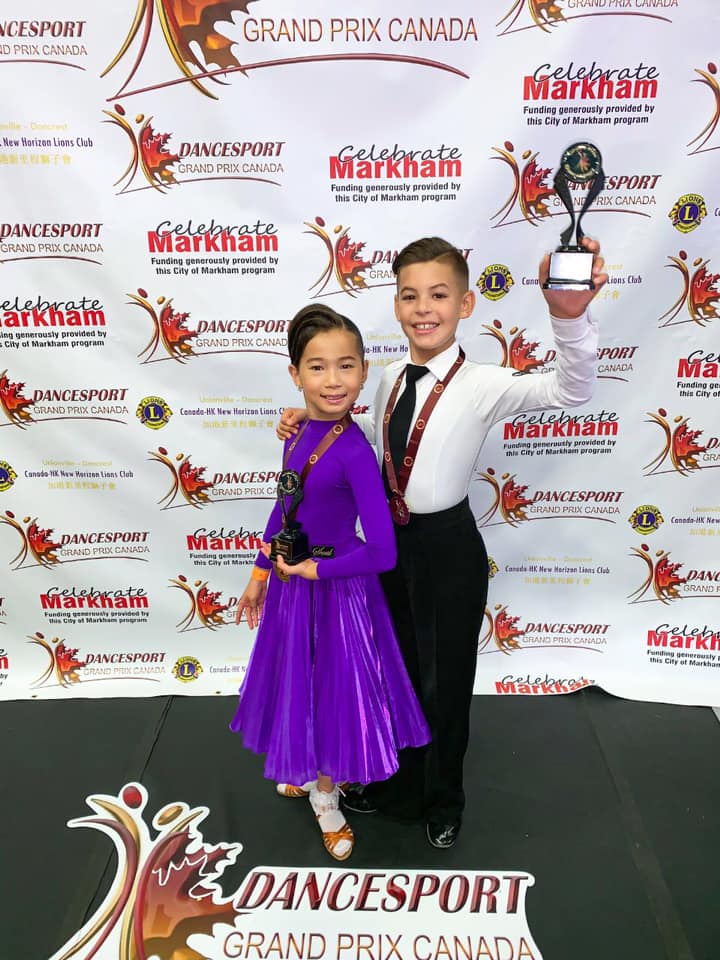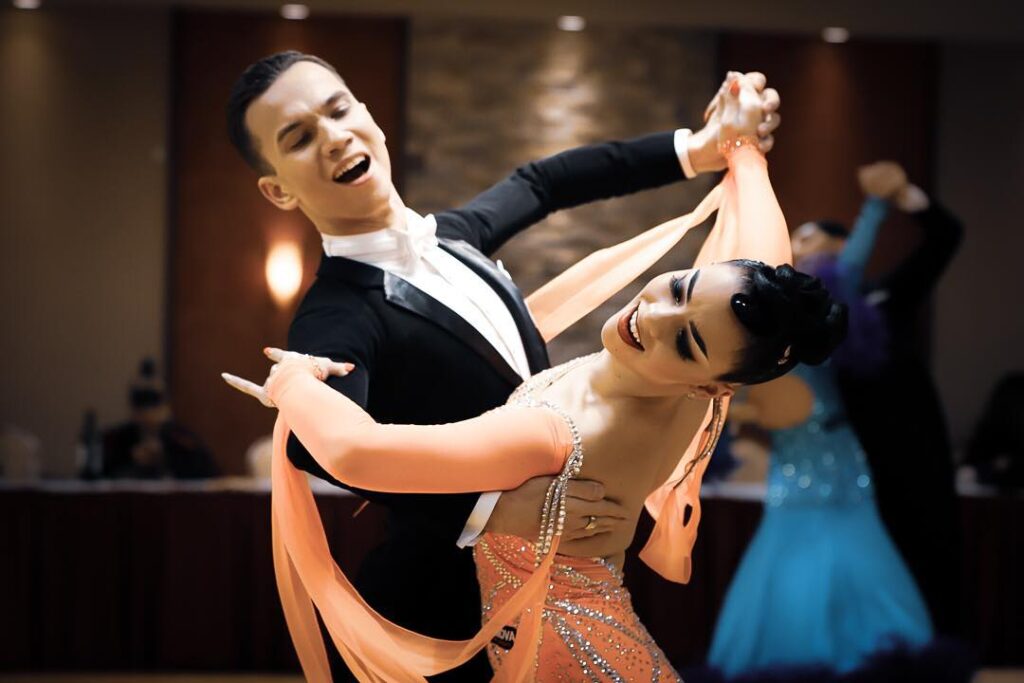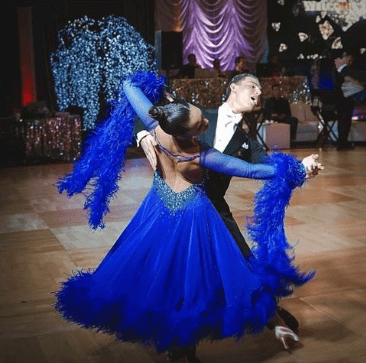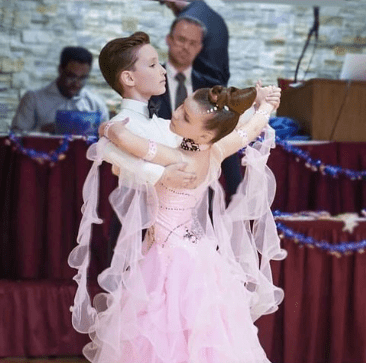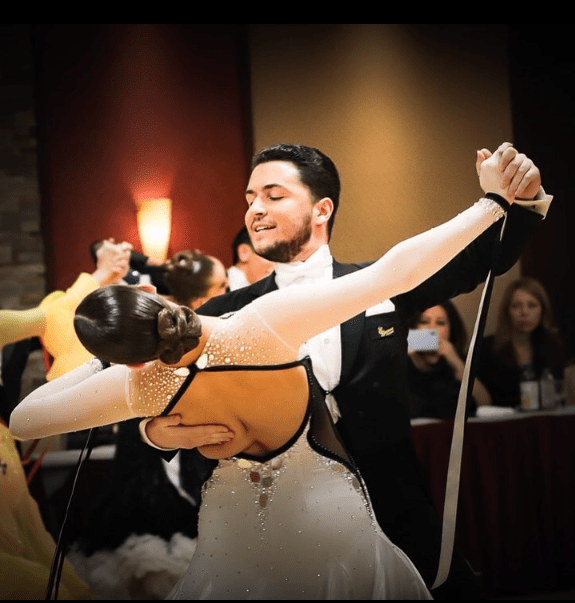
Kairat Algadaev
Passion for DanceStandart
I am a New York based dance instructor with extensive teaching experience and sales in both franchise owned and private studios. BA in Business and Economics from Arabaev atyndagy Kyrgyz Mamlekettik Universiteti. Skilled in building client relationships, translation, reading and writing as well as sales procedures. Currently an active USA Dance athlete in Latin-American and Ballroom Dance. Actively practicing martial arts for the past 15 years, have a 3rd degree black belt in ITF-Taekwondo and proficiency in Judo.
Performing Arts School
Our mission as dance educators is to instill a deep love of dance while also instilling self-confidence, discipline, integrity, and respect for the performing arts. Furthermore, our goal is to provide each dancer with the guidance and tools necessary to take dance as far as they desire. Finally, we will lay a strong foundation for a dancer’s career by honing their physical understanding of ballroom dance technical expectations as well as the artistic aspect of the art form
One of the greatest things about ballroom dance is the variety it offers. Whether you are a seasoned expert, or a new dancer, you might catch yourself wondering, “are there 19 different types of ballroom dance?!” The answer is yes, there are, and we’ve broken them down with a list to help you understand what makes each of them unique.
Intermediate
INTERMEDIATE ADVANCED – This level is for experienced dancers. Students showing up at this level are confident, technically knowledgeable and fairly fluent in the rhythmical language around the dance form. The material in this level will be challenging from all aspects: rhythmically, technically and tempo wise.
ADVANCED – Usually requires an audition, competitive process. Preparations for professional performances or work.
Classes
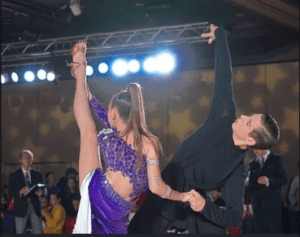
Samba Master Class
The International Rumba is the slowest International Latin dance in terms of music, however, it showcases alternating timings to depict fast moments within a slow dance.

Cha Cha Cha
A continual, flirtatious game of “cat and mouse” – the International Cha Cha has Cuban roots, and is known for its breaking action on count “2” (unique to Cha Cha, Rumba, and Mambo) and syncopated action on counts 4&1 (also counted as “cha cha cha”).
